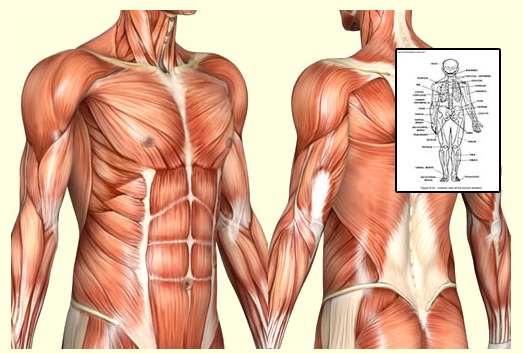1) Study your course curriculum properly. Keep a duplicate of it handy throughout the term. There is a lot of essential info there that will make much more sense to you as the course continues, information that you will not keep in mind if you do not keep it handy.
2) Gather up your courage and talk to your trainer. Do it early in the term well before your first midterm examination. Knowing your instructor’s educating technique and what factors of the topic he/she feels are most essential will provide you with a jump start on getting a good grade in Anatomy & Physiology.
3) After the first or second class in your course, show your class notes to your teacher. Ask if you have written down the significant things. If not, ask your trainer for help in determining how to take better notes. Pay attention properly to what you are taught, even if you do not agree with it. Repeat back to your professor what you think you heard to validate that you got it properly.
4) Do not let what you think you know about anatomy & physiology get in the way of the ideas your teacher is teaching. Living in a connected modern world, you already have information your brain about anatomy & physiology. Some of it may be very precise information. Some of it may have given you incorrect opinions. Consider what you think you already know and cross check your information with your books, not Search engines. You will be tested for information as it is provided in your anatomy and physiology textbooks.
5) The first thing to do is to focus upon the words that explain alignment and orientation in space of parts of the body. Be particularly cautious not to mix up left and right. Our use of computer programs has taught us some habits. We left and right justify material on the display screen without thinking much about it, the reference always being our own left and right side. However, in anatomy, you need to always think in terms of the specimen’s left and right part.
